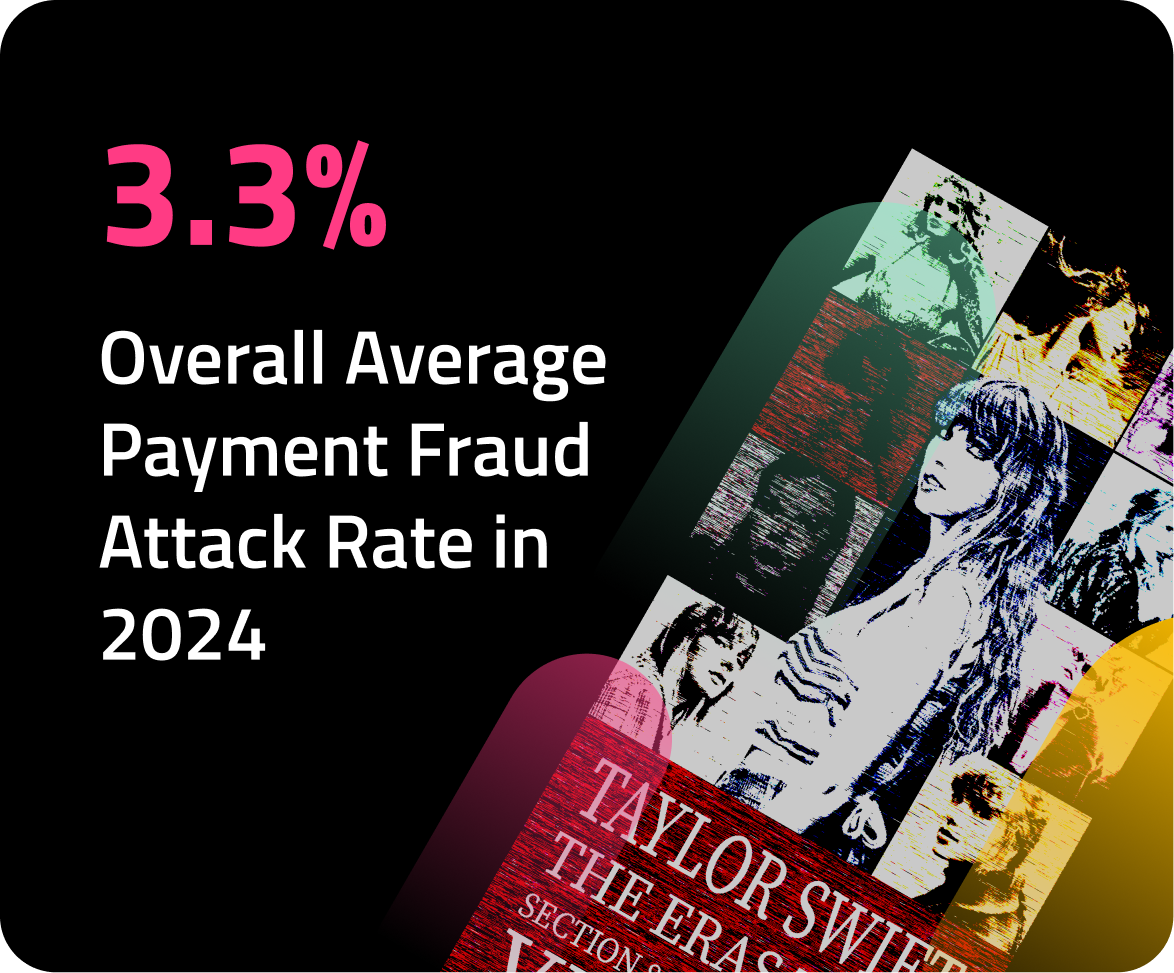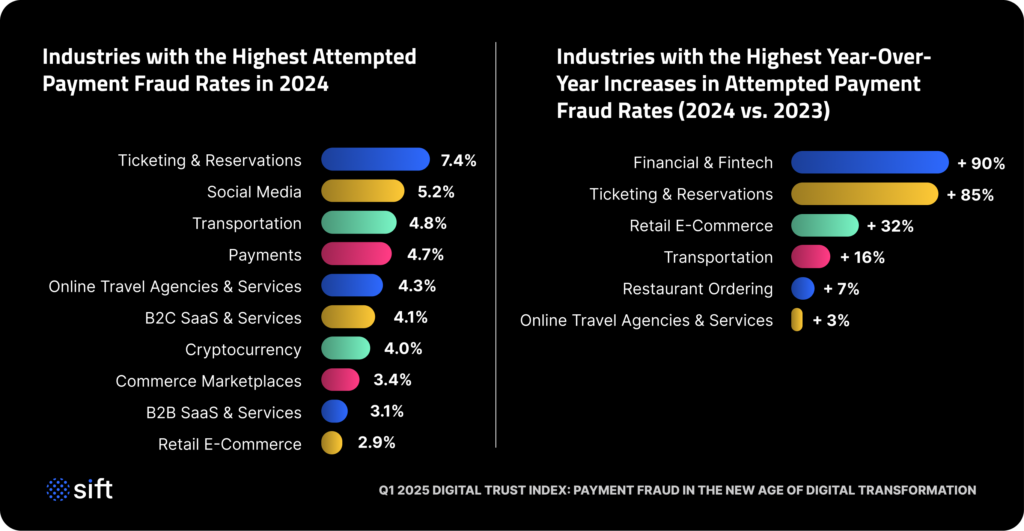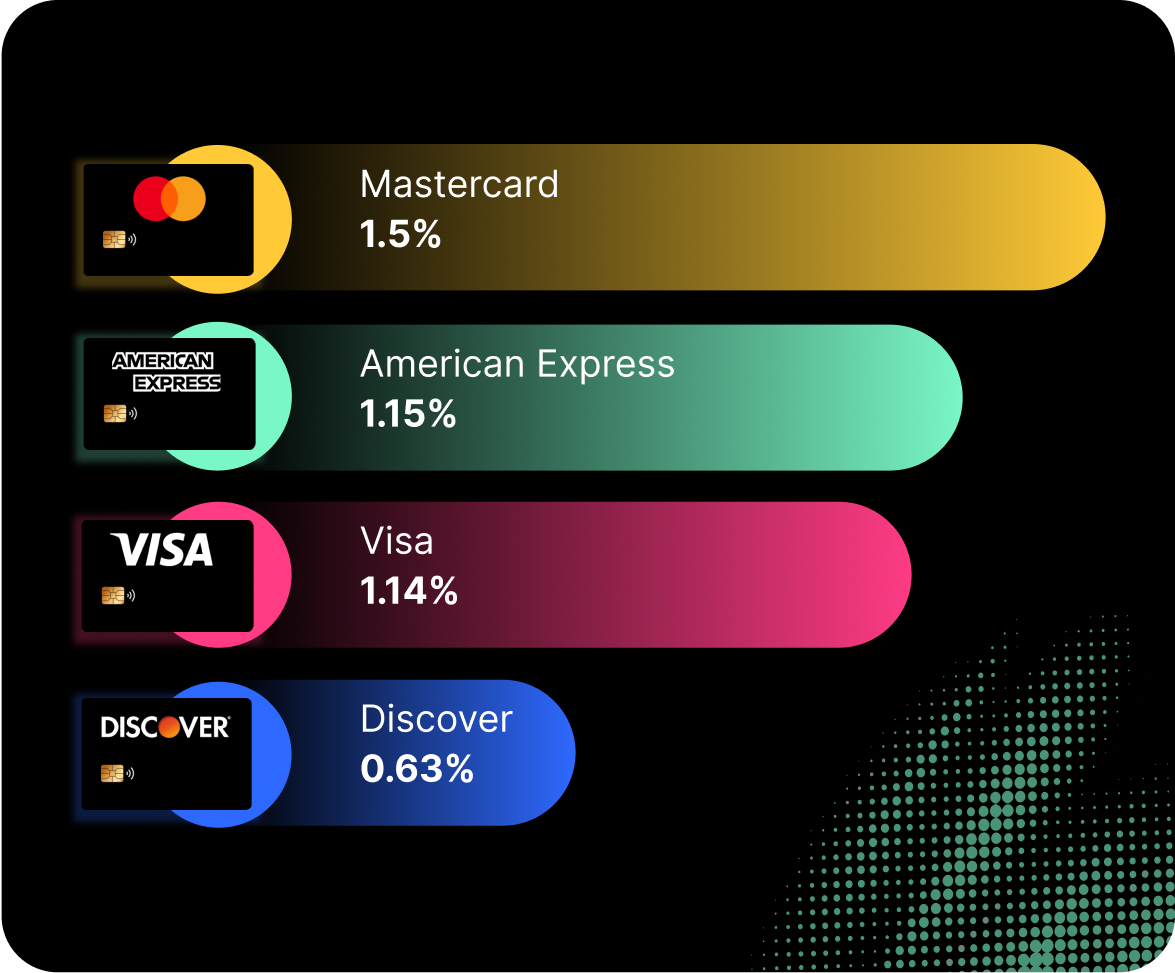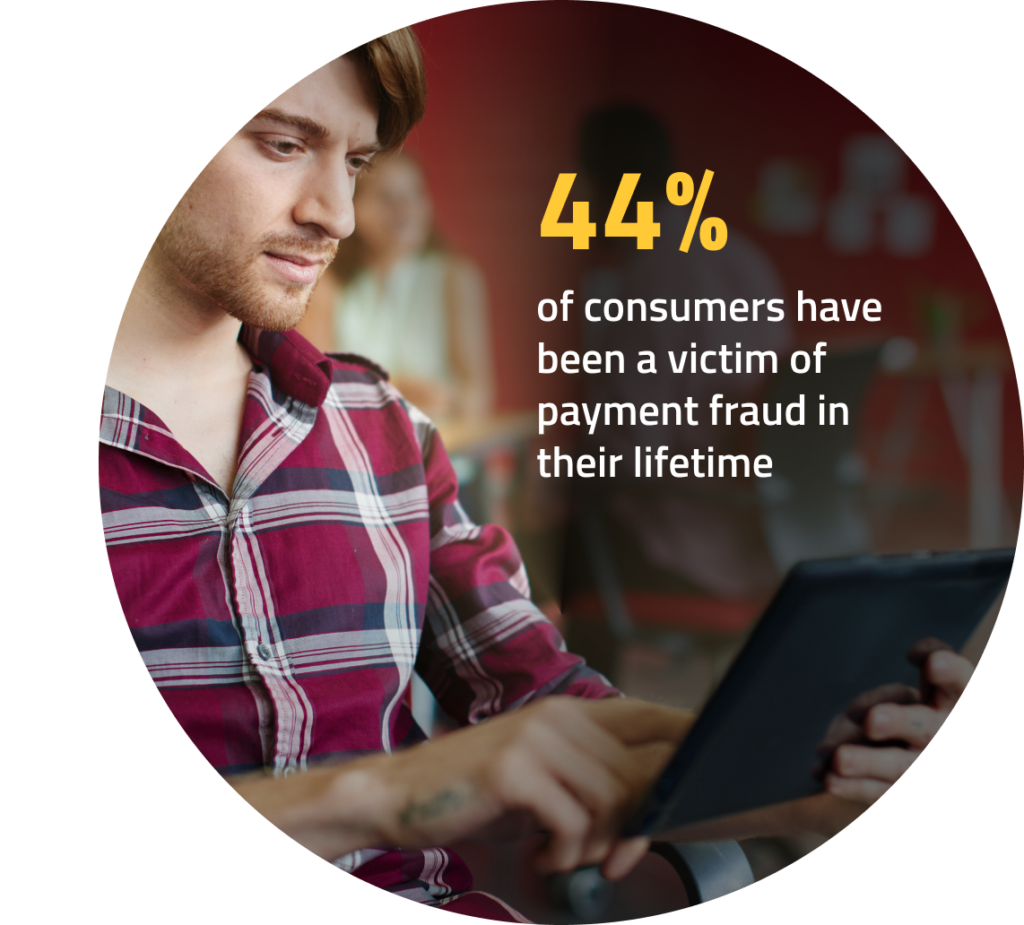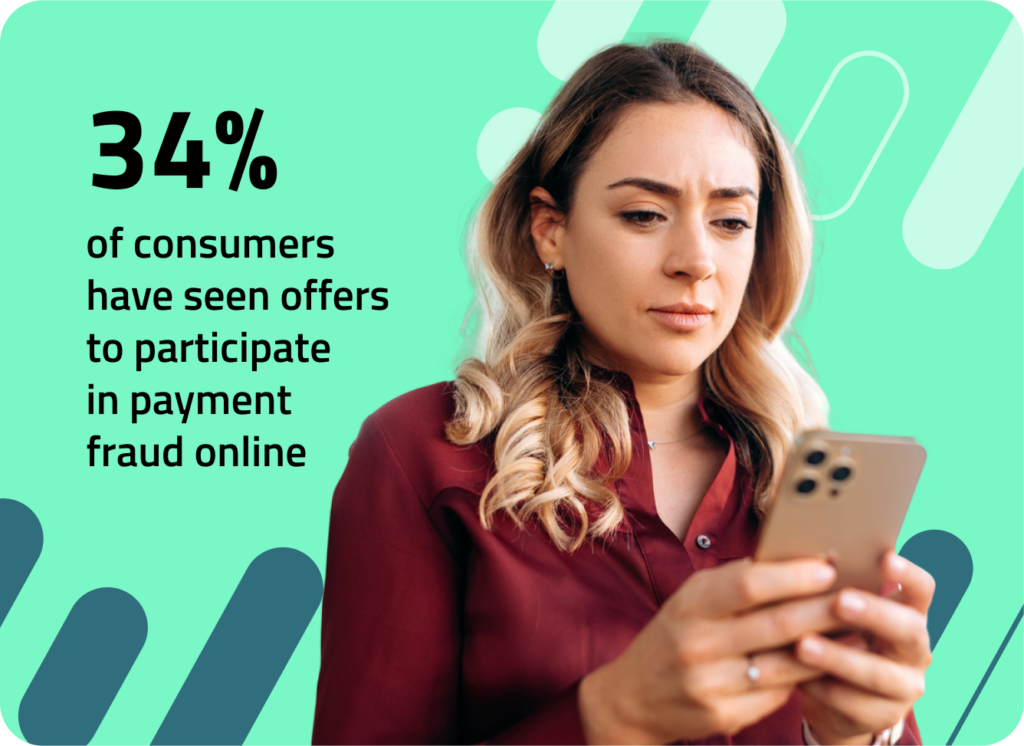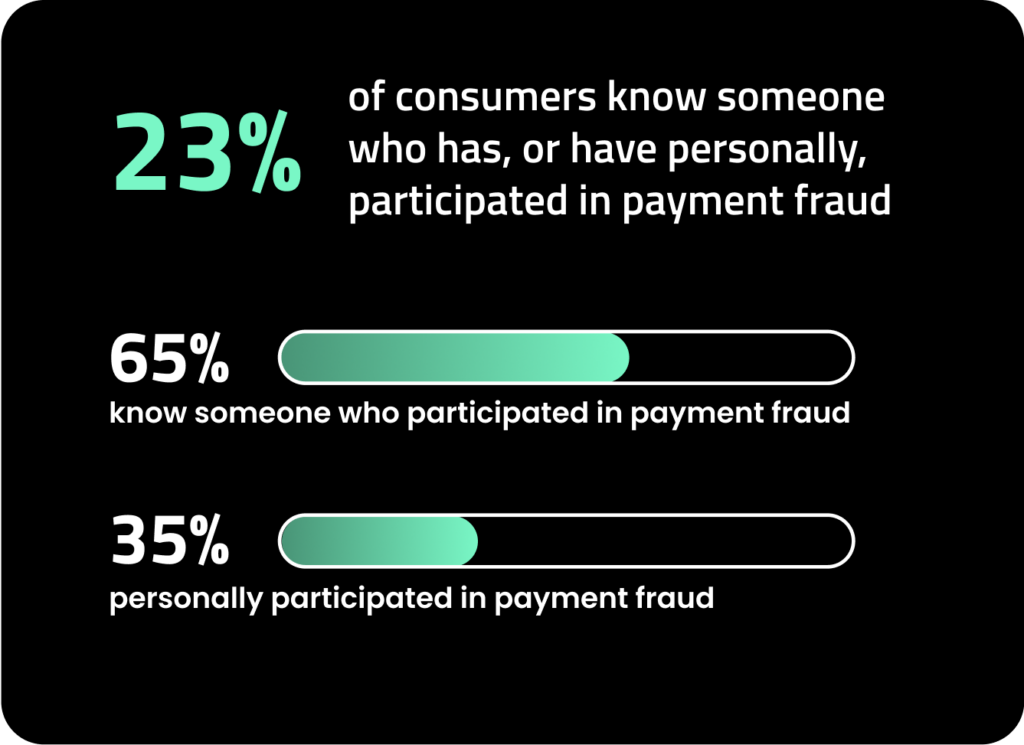The digital economy is shifting yet again. With changing consumer habits and advancements in AI, the global economy is experiencing a second-wave digital transformation. Along with it, businesses face a broader range of risks now than they did even a year ago as different fraud patterns emerge. Amid this evolution, e-commerce fraud is expected to rise from $44.3 billion in 2024 to $107 billion in 2029, growing by 141% over that period.
Payment fraud persists as a leading concern—particularly when it comes to card testing, automation, and the democratization of fraud. Research shows that nearly 90% of businesses saw up to 9% of revenue lost due to fraud. As detection tools become stronger, fraud has increasingly shifted upstream or off-platform, manifesting in heightened account takeovers, social engineering, and fraud-as-a-service schemes.



